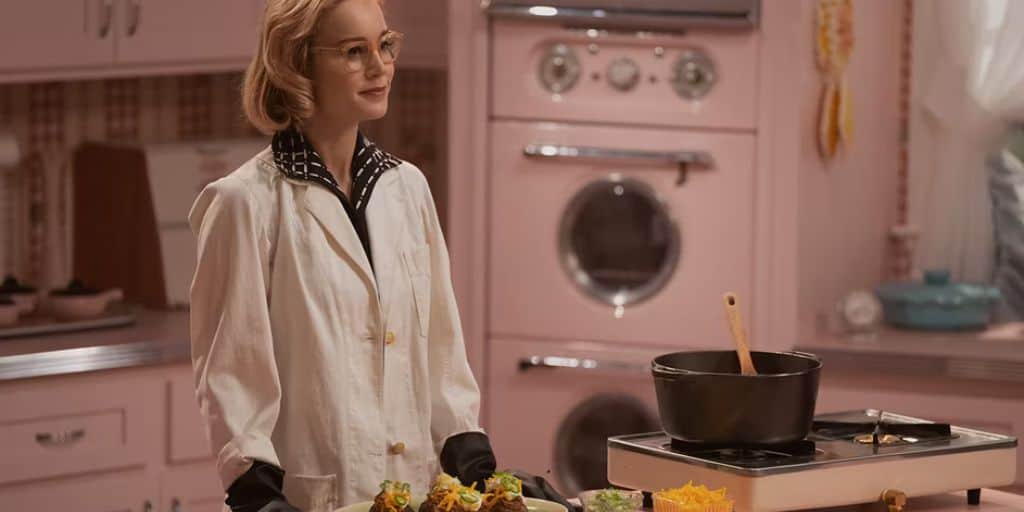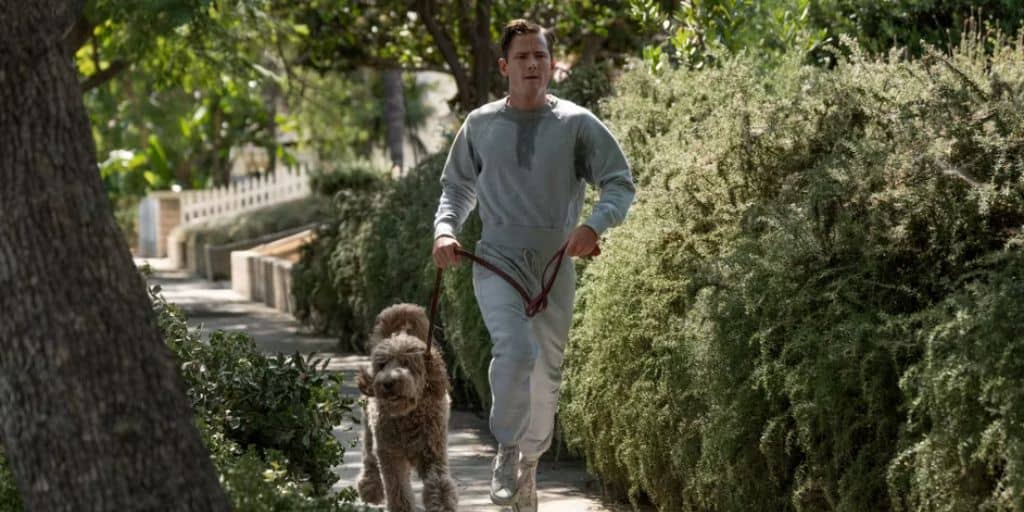The show Lessons in Chemistry is filmed in some fantastic locales that harken back to the 1950s. In Lessons in Chemistry, Brie Larson plays Elizabeth, the lead character, while Lewis Pullman plays her romantic partner, Calvin Evans. The same-titled novel by Bonnie Garmus served as the basis for the Apple TV+ series.
Lessons in Chemistry, like its source material, is a feminist story about a female chemist navigating the harsh misogyny of the 1950s. Nothing, not even getting cast on a cookery TV show, can deter the protagonist from pursuing her love.
Lessons in Chemistry features a lot of 1950s settings, from Elizabeth and Calvin’s workplace to the all-pink kitchen on the television set. The background of Lessons in Chemistry sticks out and makes for the perfect backdrop for the historical drama, whether Elizabeth is working on the pink set of her TV show or preparing food in her kitchen with Calvin.
Lessons In Chemistry Filming Locations
Los Angeles, California
Unfortunately, Elizabeth’s house and the television studio where she records Supper at Six, as well as other 1950s interiors depicted in Lessons in Chemistry, are not real. These sets were constructed at Ace*Mission Studios in Los Angeles, California, especially for the Apple TV+ series. Cat Smith, the show’s production designer, even talked to House Beautiful about how she made the sets.
She had to find historical objects for the sets because the show was set in the 1950s. Smith made the decision, with Larson’s assistance, to paint the Supper at Six Kitchens a bright pink to symbolize what a male television executive would assume women would enjoy in their kitchens.

The colors are far duller in Elizabeth and Calvin’s kitchen at home. Smith intended the house to appear to have not been altered since the 1940s. On the other hand, Harriet Sloane, Elizabeth, and Calvin’s neighbor, has a far more modern kitchen with green cabinets and draperies decorated with botanical flowers. The lab where Elizabeth and Calvin work and the other interior sets were constructed at Ace*Mission Studios.
Pasadena, California
In Pasadena, California, there were also filmings for Lessons in Chemistry TV. The exteriors of the houses and outside scenes were filmed at this location. The houses in the show are supposed to be in Sugar Hill, California, even though they are in Pasadena.
Some sequences from Lessons in Chemistry, such as the one where Elizabeth and Calvin go out on a boat and kiss for the first time, are unclear where they were filmed. That being said, this scene was probably shot around the Pasadena area, if not closer to the Los Angeles studio.
More About The Show
Based on a book of the same name written by author Bonnie Garmus and released in 2022, the Lessons in Chemistry miniseries for Apple TV was inspired by the author’s personal experiences as a creative director in the advertising industry.
Garmus, who told the Los Angeles Times that her first book was rejected by publishers more than 98 times, put decades of hard labor into Lessons in Chemistry.
It turns out that while Elizabeth Zott, the protagonist of Lessons in Chemistry, is a fictional character, the scenario of the show and Elizabeth Zott herself were inspired by a well-known tale about a man claiming credit for a woman’s creation.
When Garmus, a creative director for a big San Francisco advertising firm in 2013, submitted a presentation for a forthcoming technology campaign and got no response, she became agitated.

The only other woman employed by the corporation at this level, Garmus, was incensed when one of the male vice presidents later used her presentation and paraphrased it into his speech, claiming credit for the concepts but expressing no gratitude to her. She composed the first chapter of Lessons in Chemistry later that same day.
The author, who was born in California, claimed that the incident that day served as the best inspiration she could have hoped for when she began writing Elizabeth Zott and the obstacles she would have to overcome.
The Lessons in Chemistry book and television adaptation make it clear that stories like Garmus and their writers are just as relevant to society today as they were in the 1960s.





